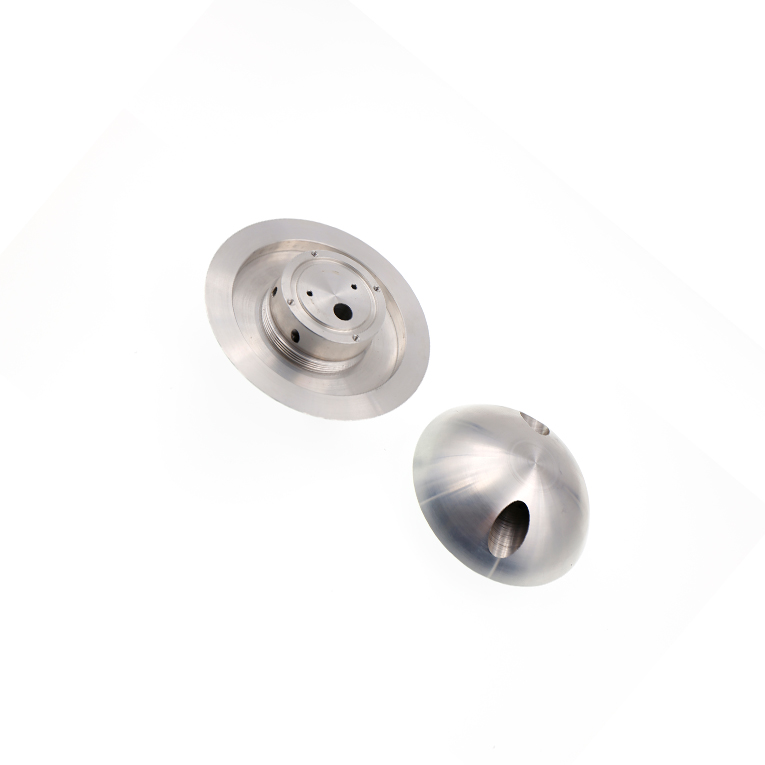
Smoothness and roughness are two contrasting surface characteristics that describe the texture of an object or material. These attributes play a crucial role in various applications, affecting functionality, aesthetics, and interactions with other surfaces.
Smoothness refers to a surface that is even, flat, and free from irregularities or rough patches. When you run your hand over a smooth surface, it feels sleek and uniform, without any noticeable bumps or abrasions. Smooth surfaces are pleasing to touch and often provide a sense of elegance and sophistication. One of the primary benefits of smooth surfaces is reduced friction, making them ideal for applications where low friction is crucial, such as in machinery components, bearings, and sliding surfaces. Additionally, smooth surfaces are easier to clean and maintain since there are fewer crevices for dirt and debris to accumulate. Smoothness is commonly desired in products like electronic devices, automotive parts, and household appliances.
On the other hand, roughness characterizes a surface with an uneven or irregular texture. When you run your hand over a rough surface, you can feel variations in height, asperities, or grainy textures. Rough surfaces often have a more organic and natural feel. The presence of microscopic irregularities can create more contact points between surfaces, increasing friction. In certain applications, controlled roughness is desirable, such as in brake pads, where it enhances the grip and stopping power. In other cases, rough surfaces are purposely used for grip and traction, like in shoe soles, tires, and sandpaper.
The smoothness or roughness of a surface is often quantified using roughness parameters, such as Ra (Average Roughness) or Rz (Mean Roughness Depth). These measurements help ensure consistency and precision in industrial applications, where surface quality is critical.
In engineering and manufacturing, achieving the desired level of smoothness or roughness is crucial for specific functions. For example, aerodynamic surfaces, like aircraft wings or car bodies, need to be smooth to reduce air resistance and improve fuel efficiency. Conversely, industrial processes that require adhesion, like painting or gluing, benefit from a slightly rough surface, ensuring better bonding between materials.
Aesthetic preferences also influence the choice between smooth and rough surfaces. Some designs prioritize the sleek, modern look of smooth surfaces, while others embrace the tactile and natural appeal of rough surfaces.
In conclusion, smoothness and roughness are surface attributes that significantly impact the performance, appearance, and functionality of products and materials. Smooth surfaces offer low friction, easy maintenance, and a refined look, while rough surfaces provide enhanced grip, adhesion, and a more organic feel. The choice between smoothness and roughness depends on the specific application, desired characteristics, and aesthetic preferences, making each of these surface qualities valuable in different contexts.

Copyright © 2025 Dongguan Yifeng Metal Co., Ltd. | All Rights Reserved